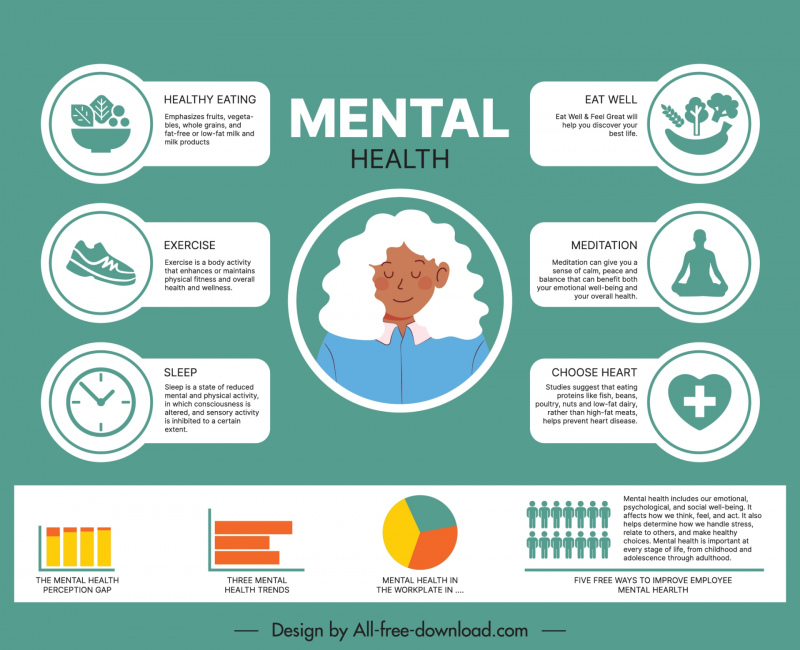Published on PetFriends | By PetFriends Editorial Team
Pets are more than just companions—they are curious, intelligent beings who thrive when their minds and bodies are actively engaged. Enrichment activities play a vital role in preventing boredom, reducing stress, and promoting overall well-being.
At PetFriends, we believe that enriching your pet’s daily life is key to a happy and healthy companion. In this blog, we’ll explore what enrichment is, why it matters, and share practical ideas you can try at home.
What Is Pet Enrichment?
Pet enrichment involves providing stimulating experiences that encourage natural behaviors like exploring, foraging, problem-solving, and social interaction. It can be physical, mental, or sensory and is designed to improve your pet’s quality of life.

Why Is Enrichment Important?
Pets left without stimulation can develop destructive behaviors, anxiety, or depression. Enrichment helps:
- Reduce boredom and stress
- Increase physical exercise
- Enhance cognitive function
- Encourage natural instincts
- Strengthen the bond between pet and owner


Types of Enrichment Activities
1. Physical Enrichment
Activities that get your pet moving, such as:
- Daily walks or runs
- Playing fetch or tug-of-war
- Agility training or obstacle courses
2. Mental Enrichment
Challenges that stimulate your pet’s brain:
- Puzzle feeders and treat-dispensing toys
- Training sessions with new tricks
- Hide-and-seek games
3. Sensory Enrichment
Stimulating your pet’s senses:
- Introducing new scents or sounds
- Safe chew toys with different textures
- Outdoor time to explore nature safely

Enrichment Ideas for Different Pets
Dogs
- Hide treats around the house or yard for scent tracking
- Use interactive toys like Kongs or snuffle mats
- Organize playdates with other dogs
Cats
- Create climbing spaces and scratching posts
- Provide puzzle feeders or feather toys
- Rotate toys regularly to maintain interest
Small Pets (Rabbits, Guinea Pigs, Ferrets)
- Build tunnels and hideouts
- Offer chewable toys and fresh herbs
- Encourage supervised exploration outside the cage

Signs Your Pet Needs More Enrichment
- Excessive chewing or scratching
- Restlessness or pacing
- Aggression or withdrawal
- Overeating or lack of appetite
- Destructive behavior
If you notice these signs, it might be time to add more enrichment to your pet’s routine.
Tips for Successful Enrichment
- Start slow: Introduce new activities gradually
- Observe your pet’s preferences and adjust accordingly
- Keep sessions short but frequent
- Make enrichment fun for both you and your pet
- Combine different types of enrichment for balanced stimulation
Final Thoughts: Enrich to Thrive
A pet’s mental and physical health are deeply connected. By incorporating enrichment activities into daily life, you’re giving your pet the gift of joy, health, and a fuller life.
At PetFriends, we encourage all pet parents to embrace enrichment as a vital part of care. Your pet will thank you with wagging tails, happy purrs, and boundless energy.
Share Your Enrichment Success!
What enrichment activities does your pet love? Share your tips and photos with us in the comments or tag #PetFriendsEnrichment on social media.
For more pet care insights, visit our blog or subscribe to our newsletter.
PetFriends | Helping pets live their best lives.

